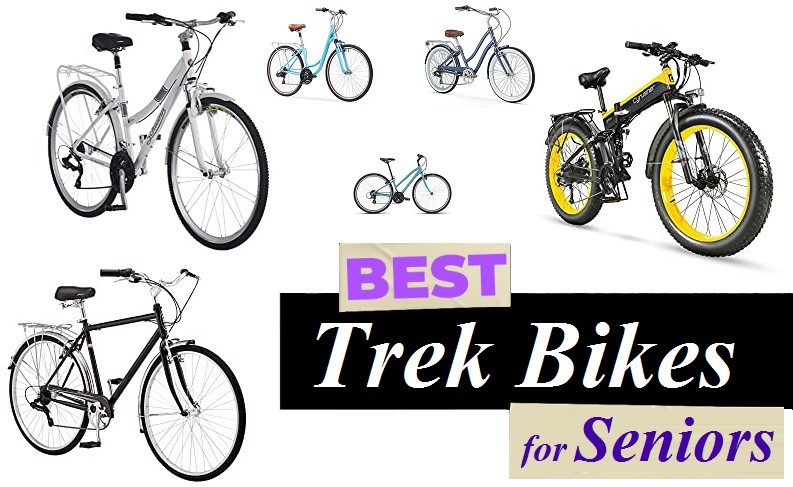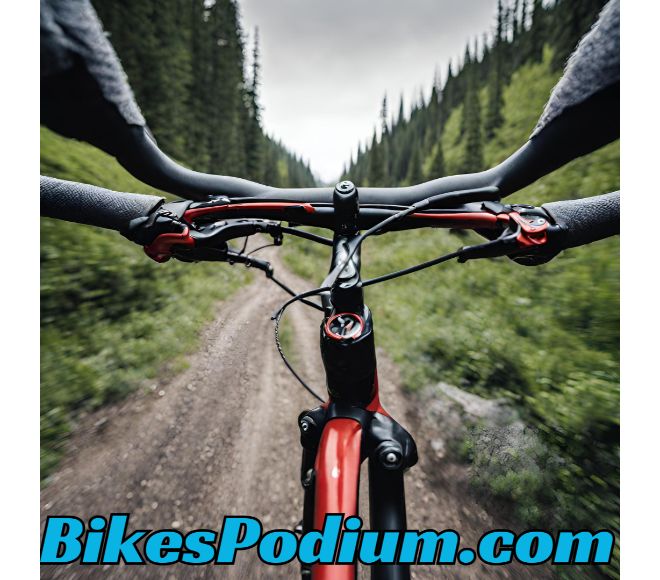Here’s your one-stop mountain bike buying guide to help you buy your very first mountain bike!
I’m sure we’ve all noticed the biking trend exploding, especially among the able-bodied with the pandemic lockdown! But the mountain biking bug is for the adventurist at heart. If you find yourself bitten by this specialist bug, here’s a handy guide to get you going as you purchase your first bike.
START HERE!
Before you make any other considerations, you need to consider your personal preferences and the trails you plan to conquer (both short term, as well as long term).
As a beginner, it is important to note that your first bike may last you no more than 2 years.
MOUNTAIN BIKE BUYING GUIDE
There are a lot of features and trinkets you can consider when choosing your bike, but for your very first purchase when you’re getting the hang of fitting yourself out, consider these 5 essentials and build on them as you upgrade:
1. A BUDGET
It may be the first thing you need to set when you look for a mountain bike.
It is wise to consider that a mountain bike is a specialist bike and can set you back quite a bit financially. It is something to save up for if you are serious about the sport itself.
These bikes come in all ranges – you can find bikes under $50 as well as bikes over $10,000, so it is up to you to set your budget after a bit of research.
PRO TIP!
Most experts recommend that department store bikes be avoided. Anything below the $500 range may not really be worth considering.
But how much is too much, you ask? Well, that really depends on you. A good, standard mountain bike with all the essentials you need to start out can come in at between $1500-$2000.
Having said that, as with all luxury commodities, you get what you pay for!
2. STYLE:
Mountain biking is a sport with variety – there is a lot that is on offer, and the bikes reflect this in their varying styles.
Cross-country (XC) Bikes:
In a cross-country bike, known as an XC bike, the focus is on forward momentum. The bikes are typically lightweight and paired with gearing that maximise speed and efficiency. XC geometry is designed more specifically for efficient climbing, and may not perform very well going downhill. Hardtails are the more popular choice with XC racers, though full suspension models are available and becoming more popular.
Trail Bikes:
Trail bikes are versatile all-rounders- they’re great at climbing, and descent and are great on most biking trails or tracks. Trail bike riders are in it for the adventure – they’re looking for obstacles, like jumps, drops and berms. Speed and technically challenging rides are the goal. These bikes will be designed for larger suspension travel than the XC bikes. Head angles will vary around 67 for great response, quick turns and maximum control.
Enduro/all-mountain Bikes:
Endurobikes and all-mountain bikes are meant to cover longer distance and larger terrain, rather than climbs, descents and jumps. So these bikes will be fitted with slack head angles for greater comfort and a more stable riding experience. They also have steeper seat tubes for better traction on climbs, and higher suspension travel.
Downhill (DH) Bikes:
Downhill bikes, or DH bikes are made to do exactly as the name suggests: going downhill – fast. They are great for larger obstacles, jumps, drops and rocky terrain. The suspension and travel are very specific in these designs with the geometry and centre of gravity focused on maximum stability and rider-control on steep, downhill terrain. Brakes are also specifically designed for maximum braking ability.
PRO TIP!
In the current-day scenario, bike styles cross over and are highly versatile. That gives you quite a good scope for choice, no matter what your budget is.
As stated earlier, choice of bike style will depend almost entirely on the kind of terrain you’re planning to ride, and your level of expertise. Uphill trails, twisty singletracks, downhill drops, and rocky tracks are just some of the options you have on-hand.
So how do you decide what your preferred riding style will be as a beginner?
Your best bet: try them out. Hit the rent racks and demo offers at your local bike stores to get a feel for the different bike trails and the associated style you have on offer. That should give you a great place to start.
3. FIT
Once you figure out what style you’re going for and your budget, it’s time to find the right fit.
WORDS OF CAUTION
Whatever recommendations, research and review conclusions you come up with, there is no alternative to trying out a bike for size!
Manufacturer’s websites can be your first stop for a recommendation. They will have size charts and fitting instructions to match your height to an S, M, or L. But these should serve only as a starting point.
Depending on the style of bike you choose, your major consideration in terms of fit should include the ‘stack’ and ‘reach’ of your bike. These will determine how far you will lean forward and how tall you will sit on your bike, changing the dynamics of where your weight rests. That’s going to be important in all types of terrain.
As an example, for a lot of climbing, you want your front wheels planted on a long axle so that your weight is tipped slightly forward. This also ensures that you’re not flying over the handlebars at the first impact.
The last important measurement for fit: standover clearance. You should be able to easily shift your feet from the pedals to the ground.
Dropper posts are a great addition for this very feature – it also makes your bike very versatile.
Many designer stores offer customizable parts on their bikes – definitely something worth checking out if it’s within your budget!
4. SUSPENSION
Almost all mountain bikes have some form of suspension built into them. These are necessary for the jumps, jerks, climbs, descents and rough terrain the bikes will be used over.
A full-suspension bike will have forks in the front as well as shocks in the back. These bikes are all about speed and technicality. They are also priced higher than hard-tails.
BONUS TIP
If you are looking for a full-sus bike, remember the golden rule – go for quality over quantity.
A hard-tail, on the other hand, will feature front-suspension in forks and a rigid rear. These are pretty versatile bikes – great for climbing, pedalling, cross-country and trail-centre riding. Most experts would recommend these as the best option for a first bike to get an introduction into the sport without spending too much money. That being said, one could wonder: how long are the hard-tails going to be around?
Reading up on models available in your locality will help you make a great purchase. So go through reviews of the forks and shocks particularly and visit manufacturer’s websites for the exact specs available.
5. WHEEL SIZE
There’s an easy choice between the 27.5in wheels or the 29in wheels in today’s market – older sizes (26in) have completely gone out by now.
The principle here is bigger hoops for bigger distances and smaller ones for strength and greater control when you’re quashing the trails.
A WORD OF CAUTION!
Be aware of hybrid wheel sizes vying for spots on the market right now – wider rims with plus sized wheels. It may be your best bet to go with what’s tried and tested for your first bike.
FIRST-TIME BUYER’S GOLDEN TIPS
- Nail you budget down beforehand! You need a golden number that you will not cross to keep things in perspective.
- When in doubt, buy the trail bike – it’s versatile enough to allow you to do a bit of everything.
- TRY IT OUT! Never buy a bike until you’ve at least sat down on it and fitted it out for yourself.
- Don’t cut corners just to save up – that can be a dangerous mistake on the tracks! Things like weight, suspension and fit should literally be the best your money can buy. A cheaper, lightweight model that is not fitted right can ride you into a major injury!
- Never pay full-price for a bike! The wise (wo)man will wait for the discounts to hit when the old is cleared out (on sale) to bring in the new. You could also hit the used-bikes racks, talk to friends or hit social media to find a good enough used bike to last you a couple of years until you are ready to make your very own investment!
- Don’t sweat it too hard! It’s completely alright to just go with what you can afford if style and fit have been sorted!
- It’s probably safest to go for familiar brands.
List of Mountain Bikes based on your Budget
FREQUENTLY ASKED QUESTIONS
Answer : Most well-known brands have a sizing chart on the manufacturer’s website. This is a great place to start figuring out what fit to look for (S, M, L). But, don’t buy a bike without trying it out first!
Ans. In terms of style, when in doubt, go trail! The trail bike is very versatile and can be a great way to start out!
Go to a good local bike store, which is sure to fit you out with the right stuff, and don’t be afraid to bring your own experts, do some of your own research and even take second opinions. And as always, try out before you buy!
Ans. Anywhere between $1500 – $2000 can fetch you a great beginner’s bike with all the essential features you need.
Ans. In a word, yes! You can use your mountain bike on the road with no significant damage to it. But it will be a lot more of a difficult ride with the chunkier wheels and the suspension. They will perform a lot better on gravel or unpaved roads.
FINAL THOUGHTS
We hope these tips have given you some actionable advice to help you choose your first mountain bike. You’re at the threshold of a great adventure when you invest in a good mountain bike, so go make a wise purchase!



